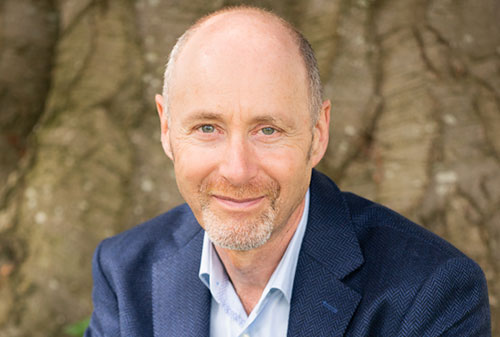
Doing a brilliant financial planning fact find underpins everything that you do for a client.
It is what differentiates you from other financial planners and is a golden opportunity to build exceptional relationships and provide massive value.
But there are also two very different elements to fact finding.
Let us be honest and say that pretty much anyone can complete a fact find full of hard facts. You ask for the information and someone retrieves it from their memory or at least knows where to go and get it.
It is not a requirement to establish a deep human connection, absolute trust, or be an outstandingly good listener to gather hard facts.
Hard facts are, of course, necessary information but they are only half the story.
Because there are also soft facts.
These can be wide ranging and include attitudes, expectations, opinions, views, feelings, hopes, dreams, fears, and concerns.
Soft fact gathering is where the rubber hits the road
Do a brilliant job (and keep doing it) with a comprehensive financial planning fact find and you’ll be a long way towards having a client for life. Do a poor job and you will fail to connect with your client in anything but a superficial way. And any subsequent financial advice will lose relevance and context.
What is one of the most common questions I hear from financial planners who want to better engage their clients and potential clients?
How do I get clients to open up to me?
The training to become a qualified financial planner does not prepare you for effectively gathering soft facts. The process is not given the respect it deserves because all the focus is upon technical knowledge.
Soft fact gathering is a completely different process to gathering hard facts. For instance, the nature of soft facts is that they are generally not stored in a person’s memory. So, to get meaningful answers to your soft fact questions you need to create a certain environment.
Some of the core elements of this are:
1. You have a quiet mind
Why is your quality of presence and attention so important? Because gathering soft facts is not a form filling exercise, like hard fact gathering. To be effective you must be fully present, deeply engaged, have absolute involvement, stay curious, and listen deeply.
2. Safety
Your client must feel secure and that they are not being judged, evaluated, or seen as the next piece of business. The biggest influencer in this is your state of mind. Click here for how to build instant trust.
3. Space to reflect and think
Because someone will often need time to reflect and think to answer soft fact questions you must allow space. This means you being comfortable with silence and not being tempted to jump in if you begin to feel uncomfortable. I highly recommend the book, ‘Time to think’ by Nancy Kline on creating a thinking environment.
4. Patience
If you are in a hurry, it will drastically weaken your ability to connect with your client and build deep trust.
5. Emotional engagement
The hallmark of soft facts, unlike hard facts, is they require emotional engagement. This is best achieved conversationally and in a natural relaxed way (not in a form filling way or like it is an interrogation).
6. Avoid problem solving
Advisers can have a tendency to jump on problems they hear from clients far too quickly. Leave the problem solving until a subsequent meeting. Michael Bungay Stanier has written a great book on this called, ‘The advice trap’.
7. Forget the idea there is a ‘right way’ of doing a financial planning fact find
If we get the idea in our mind that there is a ‘right way’ to do a financial planning fact find then our mind will be occupied with evaluating how we think we are doing. So, forget this idea and allow the process to be natural, flowing, and intuitive.
8. Hard fact gathering and soft fact gathering mix like oil and water
If you are filling out a fact find with hard facts (with a client) this is rarely an appropriate time to move into a soft fact conversation, and vice versa. This is because soft fact gathering requires a reflective state of mind, which is a different state of mind to gathering hard facts. You can easily ruin a great soft fact conversation if you then move into a hard fact conversation.
If you pay attention to these key points, then doing a brilliant financial planning fact find will become your consistent way of operating. In turn, this will lead to better client engagement, more business, and an increase in referrals.
P.S. You can read more about ‘What makes a client want to engage a financial planner’ by clicking here.


